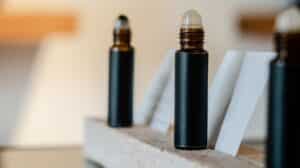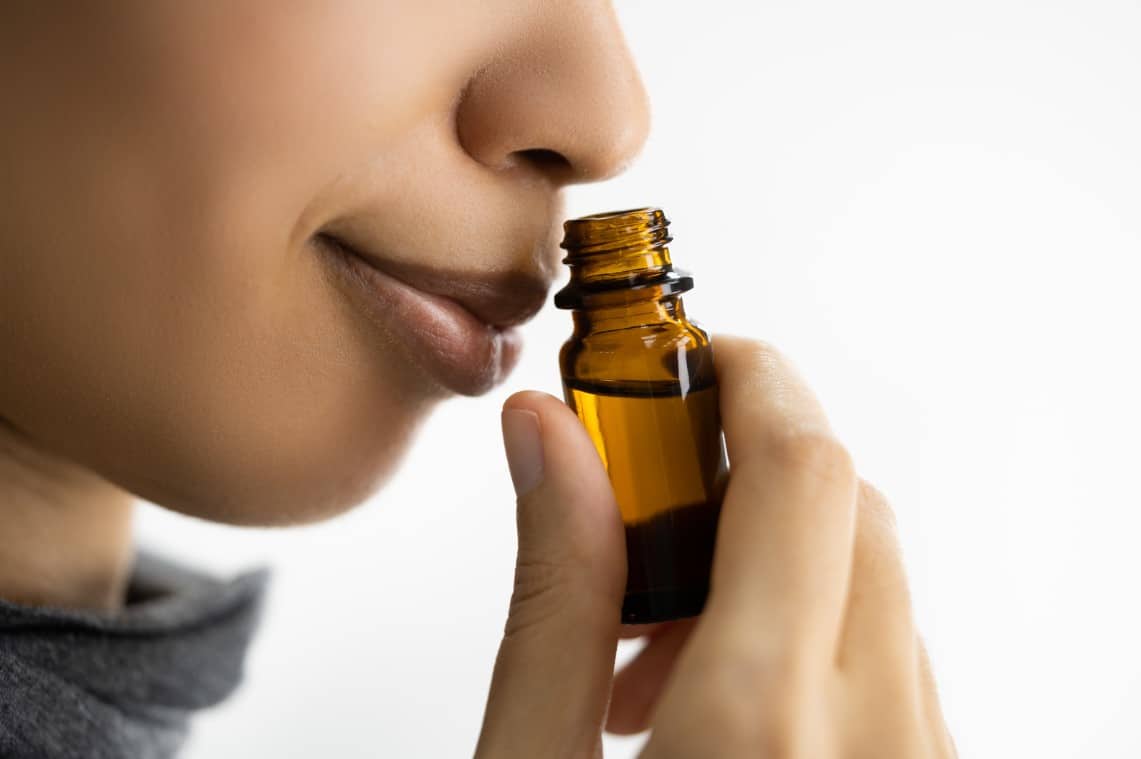Aromatherapy roll-ons are compact, easy-to-use blends of essential oils designed for topical application. Whether you’re managing stress, seeking better sleep, or boosting concentration, roll-ons offer a practical way to bring the benefits of aromatherapy into your daily routine. But how do you use aromatherapy roll on correctly to get the most from it? This article explains everything you need to know from where to apply them to when to use them and how they work.
What Is an Aromatherapy Roll-On?
Understanding the Basics
An aromatherapy roll-on is a small glass bottle equipped with a rollerball top, filled with a blend of essential oils diluted in a carrier oil. These are made for topical use, meaning they’re applied directly to your skin. They’re not designed for ingestion or use in diffusers. The roll-on format allows for targeted, mess-free application.
Why Dilution Matters
Essential oils are highly concentrated and should never be applied to the skin undiluted. Aromatherapy roll-ons solve this by diluting essential oils in a skin-safe carrier oil such as jojoba, sweet almond, or coconut oil. This makes them safe for everyday use without the risk of skin irritation.

How Do You Use Aromatherapy Roll On?
Step-by-Step Application
- Choose the Right Blend
First, select a roll-on blend based on your need—calming, energizing, sleep support, or focus. For example, lavender or chamomile blends help relax the body, while peppermint or citrus blends are more stimulating. - Shake Before Use
Gently shake the bottle to ensure the oils are evenly distributed in the carrier oil. - Apply to Pulse Points
Roll the oil directly onto your pulse points—areas where blood vessels are closer to the skin. These include:- Temples
- Wrists
- Neck (sides or back)
- Inside elbows
- Behind the knees
- Ankles
- The warmth from these spots helps diffuse the scent into the air around you, allowing you to inhale the aroma.
- Inhale Deeply
After applying, take a few deep breaths to inhale the scent. This enhances the therapeutic effect by activating the olfactory system, which communicates with the brain’s limbic system—the center of emotion and memory. - Reapply as Needed
Depending on the blend, reapplication every few hours is generally safe. However, always follow the product’s usage guidelines.
When to Apply Aromatherapy Roll-Ons
- Morning Routine: Apply a citrus or peppermint blend to the wrists and temples for a mental boost.
- During Work: Use a focus blend when you feel your concentration slipping.
- After Exercise: Apply a cooling or muscle-ease blend to sore areas.
- Evening Routine: Roll a calming blend onto your neck or wrists before winding down for bed.
- Stressful Situations: Carry a calming blend in your bag and apply when you feel tense or anxious.
Best Areas to Apply Roll-Ons
Why Pulse Points Work
Pulse points emit heat, helping essential oils release their scent more effectively. Because these areas have increased blood flow, they also help with absorption.
Lesser-Known Application Spots
- Chest or Sternum: Useful for blends intended to promote respiratory ease or sleep.
- Soles of the Feet: The skin here absorbs oils well and is particularly helpful during nighttime use.
- Behind the Ears: Offers a discreet and effective placement for all-day scent diffusion.
Safety and Precautions
Skin Sensitivity
Even though roll-ons are diluted, it’s wise to test a small area before full use. Apply a bit on your inner wrist and wait 24 hours to ensure no irritation occurs.
Avoiding Sensitive Areas
Do not apply roll-ons near eyes, inside the nose, or on broken skin. Essential oils can be irritating to mucous membranes and damaged skin tissue.
Age and Health Considerations
- Children: Use child-safe blends and consult with a pediatrician.
- Pregnant or Nursing Individuals: Some essential oils are contraindicated. Always consult a healthcare provider.
- Allergies or Skin Conditions: Check ingredient lists and consult a dermatologist if needed.
Benefits of Using Aromatherapy Roll-Ons
Emotional Support
Roll-ons can provide calm, promote a sense of safety, or offer energy during emotional lows. Scents like lavender, frankincense, and sandalwood are commonly used for this purpose.
Physical Relief
Certain blends are designed to ease headaches, soothe sore muscles, or aid digestion. For example, peppermint roll-ons applied to the temples can help relieve tension headaches.
Convenience and Portability
Unlike essential oil diffusers, roll-ons require no setup or electricity. You can use them discreetly at your desk, in transit, or before bed. Their compact size makes them easy to carry in your bag or pocket.
Customizing Your Experience
Layering with Other Products
You can pair your roll-on with body lotions, creams, or sprays using similar essential oils. This enhances the effect without overexposing your skin to high concentrations of oils.
Creating a Routine
Using your aromatherapy roll-on at the same time each day (e.g., before sleep or during morning meditation) can help your body build an association with the scent, enhancing its emotional and physical effects.
Final Thoughts
Aromatherapy roll-ons offer an easy, safe, and effective way to incorporate essential oils into your wellness routine. Whether you’re navigating a busy workday, preparing for sleep, or managing moments of stress, they provide a simple tool for self-care. By knowing how to use aromatherapy roll on properly where to apply it, how often, and for which purposes you can make the most of this portable practice.
Use them consistently, listen to your body’s response, and enjoy the subtle yet meaningful benefits they bring to everyday life.
